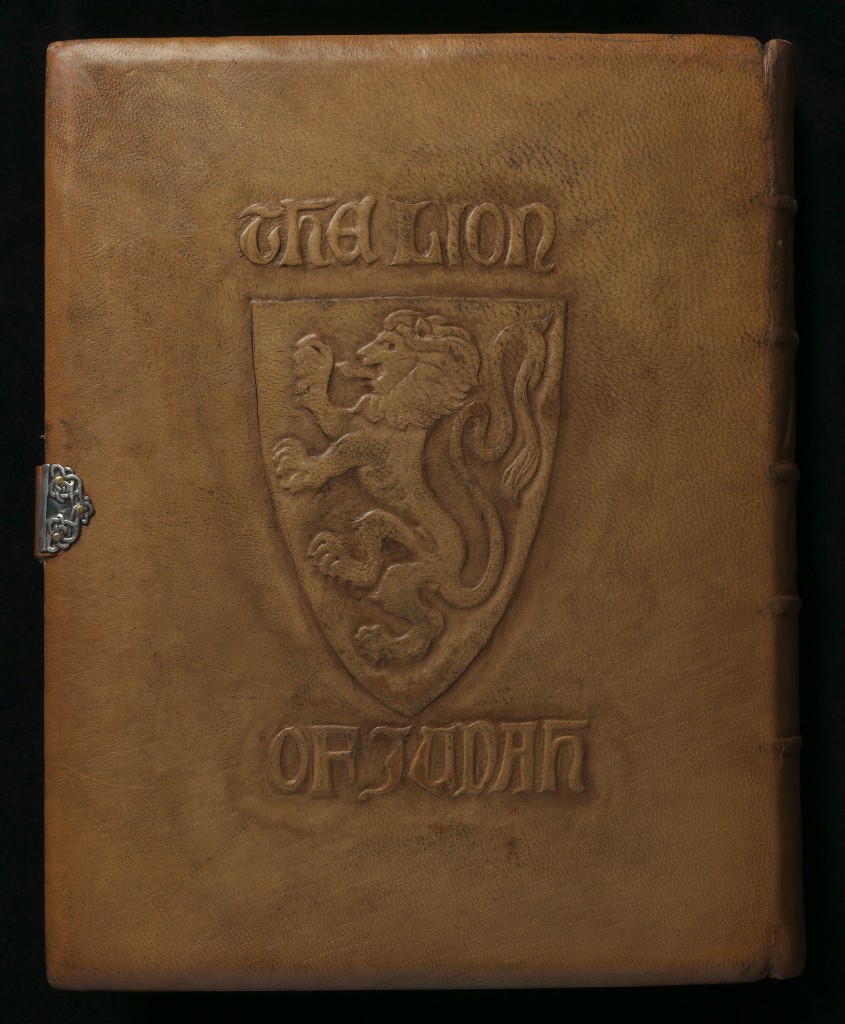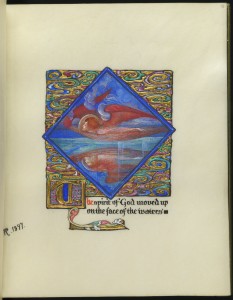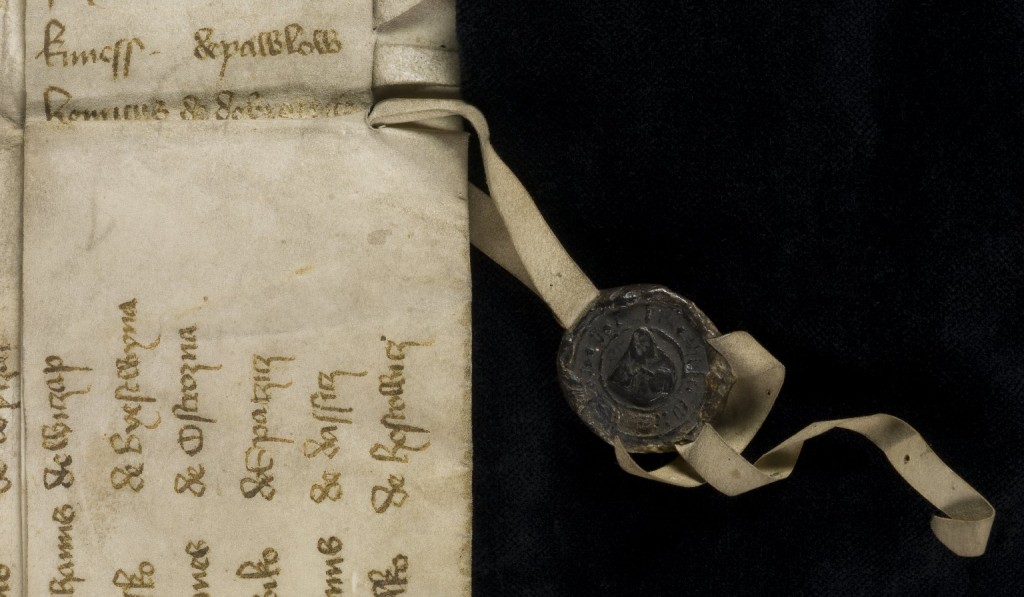We are delighted to welcome a guest blog by art historian Dr Elizabeth Cumming, exploring an exciting new acquisition with a binding designed by Phoebe Anna Traquair.
The Psalms of David is the first Phoebe Anna Traquair HRSA (1852-1936) binding to be purchased by the university. Traquair was an outstanding Arts & Crafts artist in late nineteenth-century Scotland, working across a range of studio crafts and public art. She is perhaps best known today for her mural decoration of the Mansfield Traquair Centre and her equally extraordinary suite of four silk embroideries The Progress of a Soul in the Scottish National Gallery.

Book binding by Phoebe Anna Traquair, Guild of Women Book Binders, Bdg.s.40
The binding was made in 1898 while Traquair was busily working on both these artworks, and it joins an exquisite 1897 illuminated manuscript she made of details from the Song School at St Mary’s Episcopal Cathedral. Traquair already had a working space in the Dean Studio, a former church near Drumsheugh Swimming Baths, and was one of half a dozen Edinburgh women who met there to work alongside each other on bookcover tooling. They included Annie Macdonald who persuaded a London bookseller, Frank Karslake, to form the Guild of Women Binders. The Guild, with member groups from across Britain, had regular selling exhibitions on his premises at Charing Cross Road from 1897 till after 1900. They were well known and showed their books at the Paris World’s Fair in 1900.

Book binding by Phoebe Anna Traquair, Guild of Women Book Binders (back cover), Bdg.s.40
Traquair would have first selected and purchased a printed book, in this case a 1862 copy published by Samson Low, Son & Co. It was then bound in her choice of leather – this one is morocco, or goat’s skin – by T&A Constable, a commercial firm who were printers to the university. The plain leather was then worked on the bound book, using a knife first to outline the design before using broader blades to emboss it deep into the surface. The style used by the Edinburgh group, who never used coloured leathers, was said at the time to be a ‘revival of the monastic bindings of the Middle Ages’. Once completely embossed, including her signature (seen here as an upside-down monogram PAT at the foot of the front cover),Traquair would take her book to local silversmith J M Talbot to have a silver fastening made and applied: here only the mounts on the front and obverse have survived: the central silver bar fixing has been replaced at some date by a simple leather strip.

Detail, Bdg.s.40
The story of David also features in the artist’s Mansfield Traquair Centre decoration. She specifically turned to the ‘musical’ subject of the Psalms of David on several occasions, beginning by illuminating the text as early as 1884: those pages were also bound in 1898 (Scottish National Gallery). On the university binding David, the ‘Son of Jesse [and] King of Israel’, is variously represented as boy shepherd and harpist; as warrior, with the head of the giant Goliath; as lover, watching Bathsheba washing; and finally as king. The figural designs give the cover an animated sense of narrative common to much of her work.

Song School St Mary, Gen.852
Learn more about Phoebe Anna Traquair through these links:








